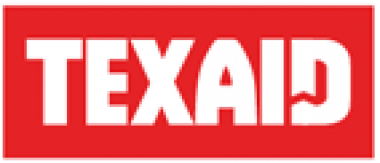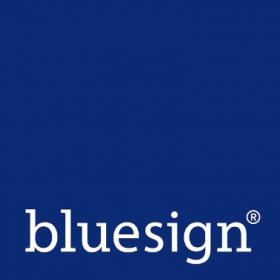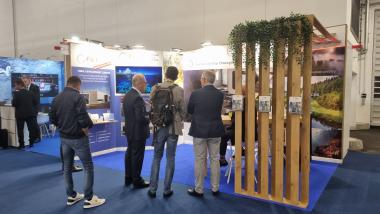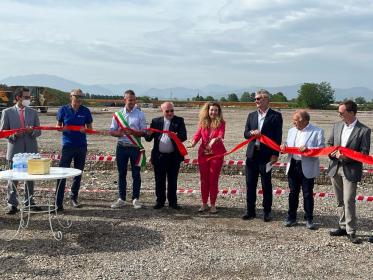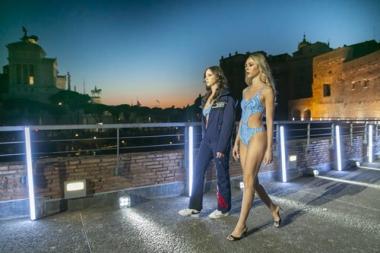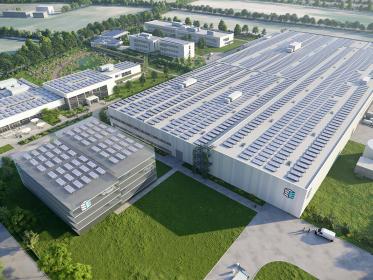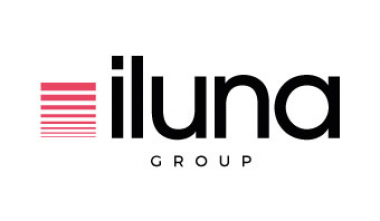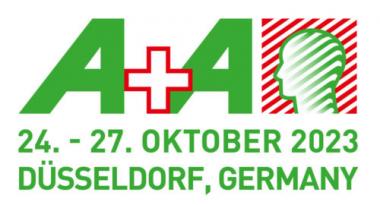Launch of international in-store collection program at Mustang
Today’s system of «take – make – waste» needs to change. New textiles are produced used and discarded instead of putting them to a second use. The production of new textiles requires natural resources that are limited, and the current system has a significant negative impact on our planet. The transition to a circular system, where garments are kept in use for longer, is an opportunity to harness untapped potential around customer loyalty, economic growth, and ecological sustainability.
To move away from the linear system and enable products to be made out of post-consumer textile waste, TEXAID continues to expand its offering for in-store collection programs throughout Europe and the USA.
TEXAID is partnering with Mustang to offer an in-store collection program. At scale and paired with TEXAID, in-store collection of used clothing enables conservation of resources because it allows items to be directly sorted for their next and most environmentally friendly lifecycle. This service can now be found in over 70 Mustang stores across Germany, Austria, Belgium, Switzerland, Czech Republic, France, Hungary, the Netherlands, and Poland.
TEXAID


